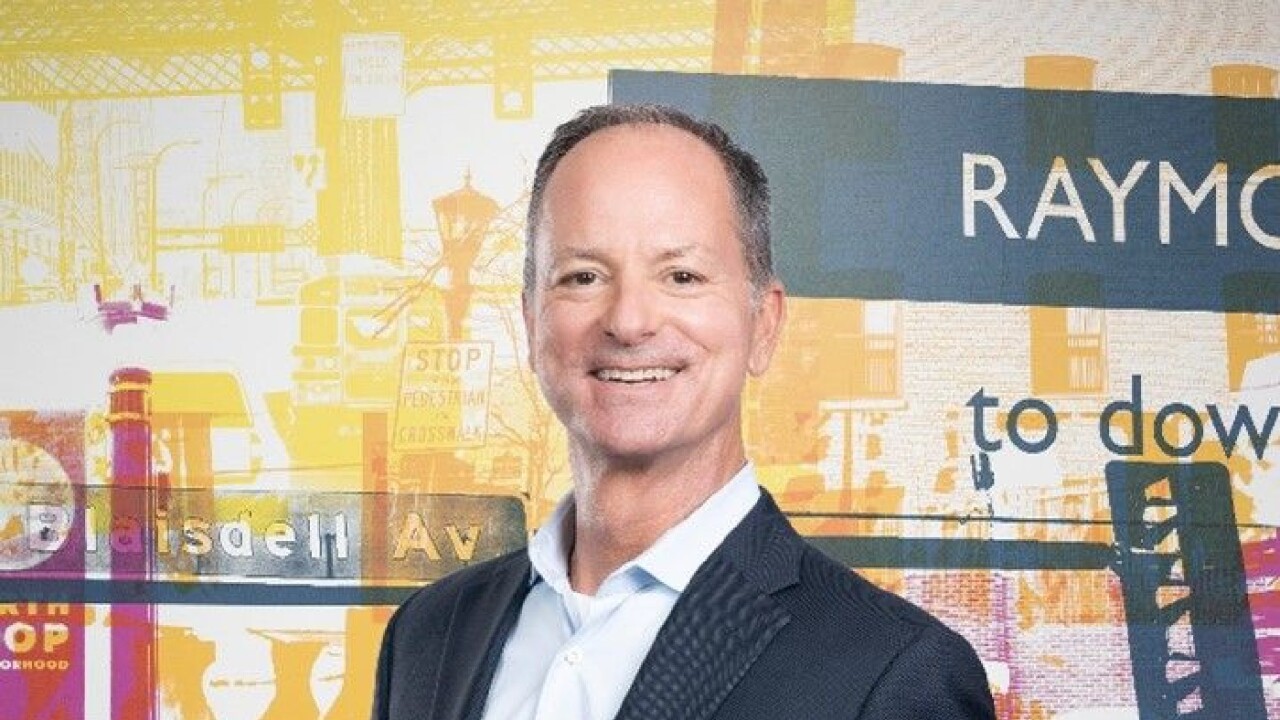The development and adoption of technology too often move at different rates in the payments industry, creating a need to manage usage that is out of sync with expectations.
"A lot of the fintech interest has been in and around payments, and then probably more on the consumer end than the corporate end," said Matthew O'Neill, managing director for financial services at VMware. "But that will change over time and there will be a need to start small and scale up really well."
O'Neill, whose experience includes several IT posts at HSBC where he worked on service resilience, data centers and implementation, joined VMware in May to help spot connections between data management, transaction innovation and the increasing use of mobile and other devices to execute payments and other transactions. His role is a new position at the Palo Alto, Calif.-based cloud computing and server virtualization company.

The challenge VMware faces is ensuring these systems can accommodate new ways to doing business while staying flexible to manage usage and adoption.
For mobile payments, the market's evolution has been inconsistent and has come from different corners of the payments ecosystem. Third-party mobile apps such as Apple Pay, Android Pay and Samsung Pay have sprung onto the market on the past three years, though all three have faced adoption challenges.
Banks have also faced decisions about whether to build their own mobile wallets and to support collaborative projects such as
"It would be terrific to see explosive growth of mobile payments in the physical world. It would be accelerating the inevitable," said Thad Peterson, a senior analyst at Aite Group. "Merchants must follow the needs of their customers and if there is a sudden increase in mobile usage, they will quickly adapt and accept."
VMware's place in this environment is most likely in moving financial institutions between cloud structures in an attempt to future-proof systems by making it easier to add capacity or products.
VMware's users include Worldpay, a processor that handles nearly half of the U.K.'s payments. Worldpay uses a software-defined data center to provision servers when necessary to cope with market demand and other variables. MiFinity has also used VMware to improve provisioning and handle spikes in payments volume. These companies did not return requests for comment by deadline.
"I think it depends on what point you are starting with when it comes to a new type of payment," O'Neill said, adding a common migration could be from a public cloud to a hybrid cloud as a business or an app expands, combining the flexibility of a cloud-hosted system with some control for the user.
"If you are starting in a very new service or are a startup you start in the cloud. If you get an investment, you can integrate into an existing system," O'Neill said. "Or perhaps a new product creates a stronger regulatory need. It becomes more challenging with every step you take. You have to be sure."
VMware, which operates in a market that includes Cisco, HPE and other cloud vendors, has traditionally offered virtual server technology to create software-based representation of physical servers, designed to increase capacity for applications, servers, storage and networks at lower IT cost.
More recently,
In the payments industry, these technology options can manage an increased flow of data and help support user experience for the open development tools that have become popular in building transactions into retailer websites, such as application programming interfaces and software development kits.
"The API will need to handle a request from the front end and tie into data on the company's system," O'Neill said. "Depending on how popular an app becomes, that will drive the capacity that's needed to do this."





